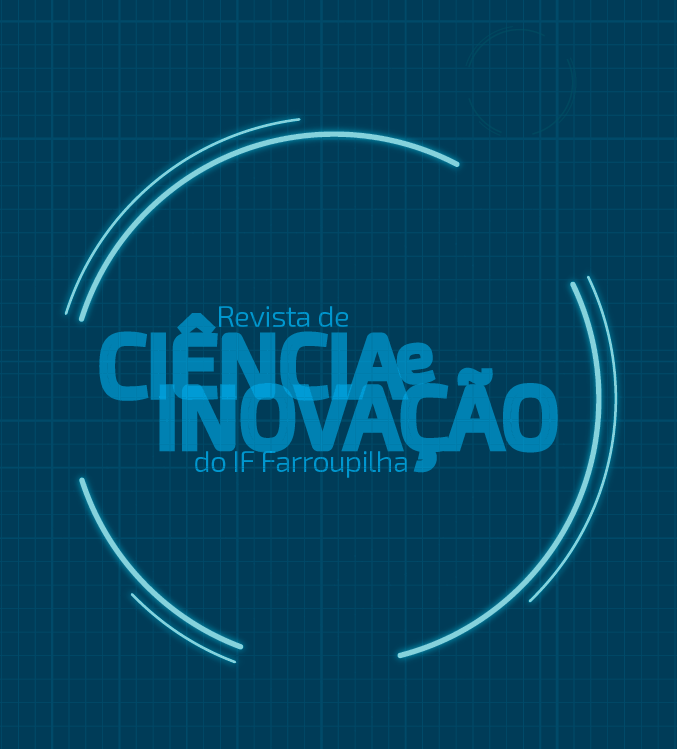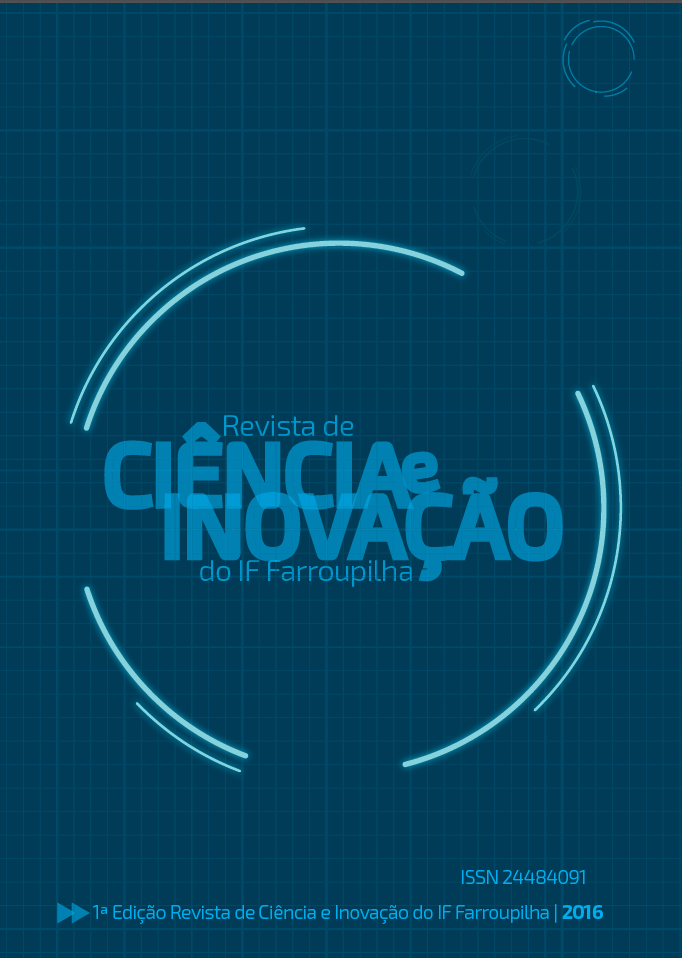Edição Atual
v. 11 n. 1 (2025)
Publicado em January 8, 2025
A Revista de Ciência e Inovação (ISSN 2448-4091) é um periódico técnico-científico, multidisciplinar, editado pelo Instituto Federal de Educação, Ciência e Tecnologia Farroupilha (IFFar, RS, Brasil). A revista publica, sem custos, artigos acadêmicos originais e inéditos, nas diversas áreas do conhecimento. A submissão dos artigos é feita de forma contínua, por meio do Open Journal Systems (OJS). Para a avaliação dos artigos é adotado o processo de avaliação por pares. A revista adota o modelo diamante de acesso aberto, oferecendo acesso aberto, online e gratuito a todo o seu conteúdo.
Artigos originais
1-13
1-25
1-25
1-24
1-23
1-22
Artigos de revisão
1-25
1-20
1-17
1-22
Informações














.png)
